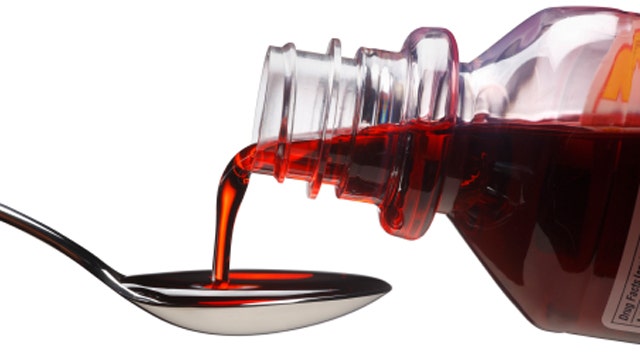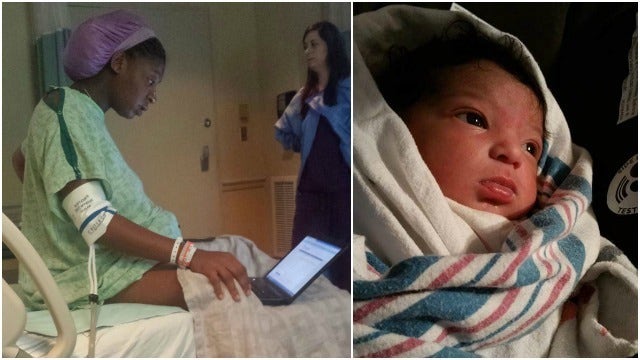You want the best for your children, but sometimes the health decisions you make can be dangerous. Read on for some of the most common medication mistakes moms make when treating their kids’ ailments, and find out what you can do to avoid them.
Mistake #1: Leaving your kid exposed
Sure, you use sunscreen, but there’s more you can do to prevent sunburn. For starters, sunscreen should be applied everywhere on skin that could potentially be exposed to the sun. You should also apply sunscreen 30 minutes before heading outdoors so that it adheres properly to the skin.
Dr. Wendy Sue Swanson, a pediatrician and author of Seattle Children’s Hospital’s Seattle Mama Doc Blog, recommends a broad-spectrum sunscreen with an SPF of 30 or more, re-applied every few hours. “I always tell parents, ‘No sunscreen is play-proof,’” Swanson said. Sun-protective clothing and seeking the shade when possible can also protect them.
Mistake #2: Using the wrong allergy medicine
According to Dr. Daniel Frattarelli, a pediatrician and chair of the American Academy of Pediatrics Committee on Drugs, many parents use oral antihistamines and nasal steroids in the same way – yet they shouldn’t. Unlike oral antihistamines that can be taken as needed, nasal steroid sprays only work if they’re used consistently over a few weeks. What’s more, children under 2 who take Benadryl often become hyper, so Zyrtec is a better option.
Mistake #3: Overmedicating
Using the right dose of a medication can sometimes be confusing, but it’s not always your fault when you don’t understand. According to a study in the journal JAMA, 98 percent of over-the-counter medications had inconsistencies between the dosing directions and markings on the actual device.
It’s important to know what your child’s weight is because “weight trumps age when dosing a medicine,” Swanson said. Be sure to get the appropriate dosage from the pediatrician and keep it with the bottle. Also, when a medication calls for a teaspoon, it’s not the same as a kitchen teaspoon, so be sure to use the spoon, dropper, cap or syringe that came with the medication.
Another mistake Swanson sees patients make is double dosing; parents will give their kids acetaminophen for fever along with a cough and cold medicine, which may also have acetaminophen. “It’s hard to keep track of all the different medicines that are in those combination drugs,” she said. “You can truly cause a life-threatening overdose and toxicity to the liver.”
Mistake #4: Not letting a fever do its job
Your kid has a fever and you race to get it down – but let it be, experts say. The number on the thermometer doesn’t necessarily mean your kid is super-sick, and a fever can actually help the immune system fight off the illness. If your kid does have a fever, your goal should be to make sure he or she is comfortable, so it’s okay to give acetaminophen or ibuprofen, Frattarelli said. A word of caution: if you have an infant less than 3 months of age with a fever of 100.4 degrees, call the pediatrician right away because fever in infants can be serious.
Mistake #5: Treating a cold
Instead of letting the common cold run its course, parents with young kids are jumping the gun to treat it. According to a recent poll from the University of Michigan, more than 40 percent of parents said they gave their children under age 4 cough medicine or multi-symptom cough and cold medicine – and 25 percent gave them a decongestant.
Experts agree there is no data to support that these meds actually work and they may even cause adverse side effects and death. So instead of running to the drug store at the first sniffle, if your kid’s under the age of 6, let it be.
Mistake #6: Using prescriptions incorrectly
If your kid has been given a prescription medicine, it’s important to ask the pediatrician and the pharmacist what the medication is for, how long it should be taken, if it should be given with food and how it should be stored. If your kid is taking an antibiotic, use all of it, because the bacteria can grow back and leave a resistant organism. Frattarelli also recommended giving the pediatrician and the pharmacist a list of medications and allergies – and using the same pharmacist every time to prevent drug interactions.
Mistake # 7: Keeping prescriptions out of reach
As more adults take prescription medications, poisonings in children are also on the rise, according to a recent study in the journal Pediatrics. Children 5 and younger are at greatest risk, followed by 13 and 19 year olds. Be sure to move all medications out of your child’s reach or consider a medication lock box.
Mistake #8: Using the Internet to diagnose and treat
If you’re like most moms, Googling your kid’s symptoms is one of the fastest ways to get an answer. In fact, 35 percent of adults have self-diagnosed a medical condition for themselves or someone else, according to the Pew Internet and American Life Project.
It’s okay to get information online, but pay close attention to what site you’re looking at, who the author is and if a medical expert is cited, Swanson said. Sometimes the pediatrician’s advice might not be the same, so it’s best to call the doctor’s office to clarify.





Leave a Reply